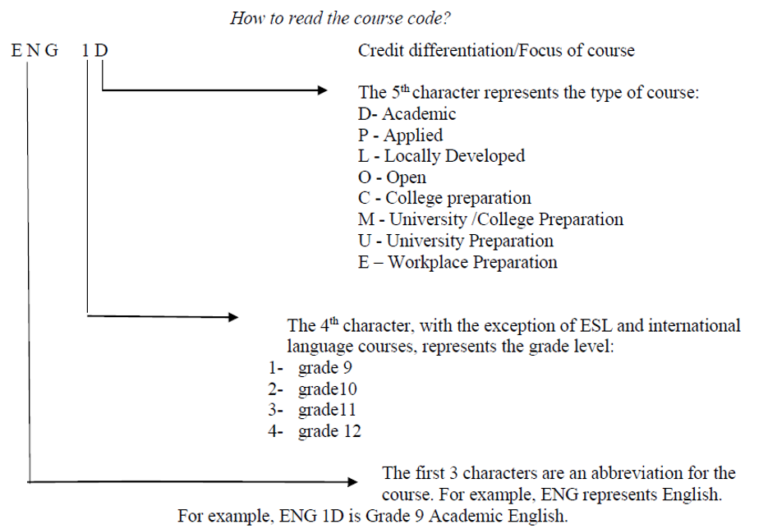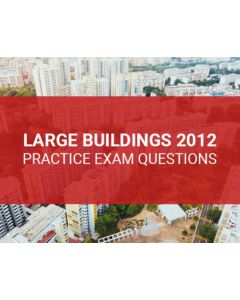

BCIN EXAM PREP COURSES SERIES
Jared: Results from the last study were released in 2012 and led to the launch of ARE 5.0, as well as a series of changes to NCARB’s experience program-including the reduction of required hours by nearly a third. Tell us what change you feel has been most significant in the past 10 years. Q: Previous practice analyses have led to several changes in NCARB programs.
BCIN EXAM PREP COURSES PLUS
In this iteration, the Analysis of Practice aims to provide a comprehensive understanding of the breadth of how practice is delivered-including specialization within the profession, plus the contributions of licensure candidates and professionals from related professions. Initially called practice analyses or job task analyses, NCARB’s first studies were used to validate the scope of the ARE, eventually expanding to include education, experience, and post-licensure continuing education.īecause every project, firm, and career is unique, current practice can vary widely. Jared: Since the 1970s, NCARB has historically conducted an Analysis of Practice every seven to 10 years.

Q: How has the Analysis of Practice evolved since it first began? What is different about this iteration of the Analysis of Practice? Photo of Vice President of Examination Jared N. I look forward to seeing how these insights will help us envision and build the licensing model of the future and create a more equitable and diverse profession. We will use results from the analysis as a guide in making critical updates to NCARB’s programs and services, including the national experience program and licensing exam. We hope to understand how factors like technology, collaboration, and specialization are impacting the profession and anticipate what the role of the architect will be in the next five to 10 years. Q: What insights will the Analysis of Practice provide, and how will NCARB use that information?Īlfred: The profession-wide study will provide insights into how architects are currently practicing, how their work intersects with other design professionals, and how that work may shift in the years ahead. By conducting a comprehensive review of the architecture landscape and technological advances, we can ensure that regulation evolves with it. NCARB’s Analysis of Practice is significant because the practice of architecture is constantly evolving. It is asking the important questions to understand what’s going on in the field, what problems people are trying to solve, and what tools they’re using to solve them.

Q: What is an analysis of practice, and why is NCARB’s Analysis of Practice important?Īlfred: An analysis of practice is a research effort to understand a profession and the work that its practitioners perform. Photo of NCARB President Alfred Vidaurri Jr., NCARB, NOMA, FAIA. We caught up with three of NCARB’s top architects to learn about the latest Analysis of Practice: President Alfred Vidaurri Jr., NCARB, NOMA, FAIA Vice President of Examination Jared Zurn, AIA, NCARB, CAE and Vice President of Experience + Education Harry M. Though research was put on a temporary hold as a result of COVID-19, NCARB is gearing up to gather key insights that will shape the licensing model of the future. As architecture continues to evolve, NCARB aims to understand all the nuances of the field through its Analysis of Practice.


 0 kommentar(er)
0 kommentar(er)
